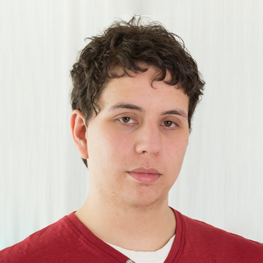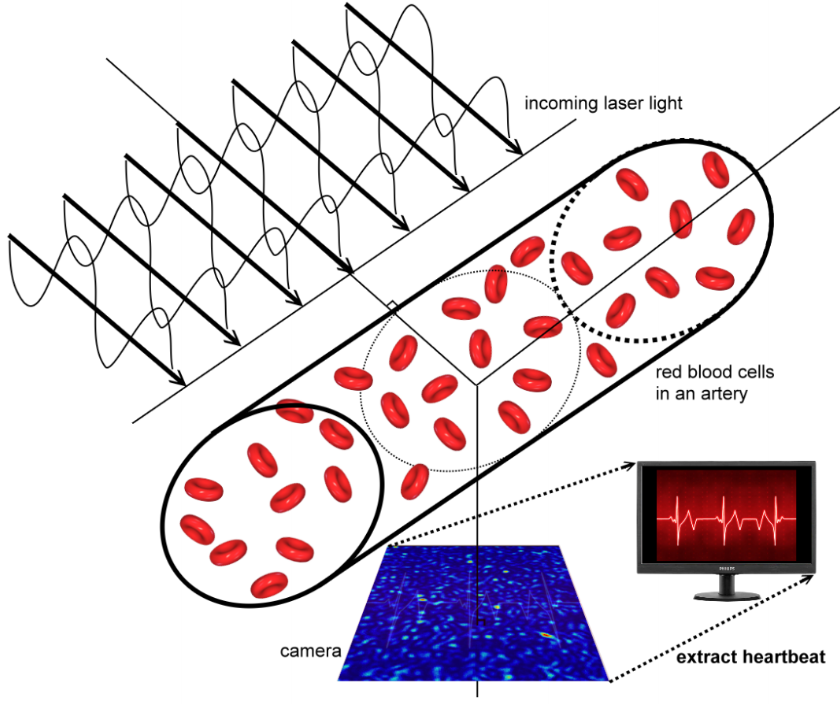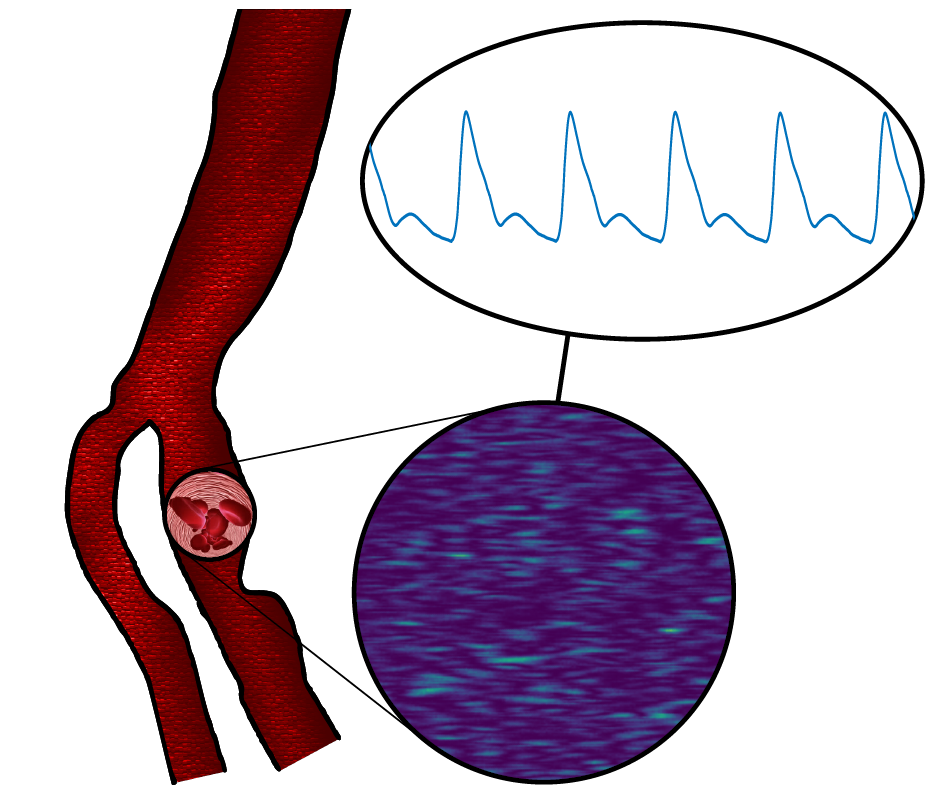Kevin van As
My name is Kevin van As, born in 1992 in Alphen aan den Rijn (The Netherlands), where I still live to date. I studied BSc Technische Natuurkunde (2010-2013) (GPA 8.9/10) at TU Delft with a minor in Software Development, followed by the MSc Applied Physics (2013-2015) (GPA 9.3/10) also at TU Delft. Presently I am working as a PhD student (2015+) on a continuation of my MSc thesis project.
Personal interests
My primary interest is education – nothing satisfies me more than transferring knowledge to others. On that note, helping others is my primary source of motivation. Scientifically, my interests consist primarily of theoretical and computational physics in a wide range of topics, and (computer) programming.
-
Since 2013, I have been involved as a teaching assistant in the following courses:
MSc Applied Physics:
- (AP3171D) Advanced Physical Transport Phenomena [2x]
BSc Technische Natuurkunde (Applied Physics):
- (TN1612TU) Mechanica en Relativiteitstheorie (Mechanics and Relativity) [3x]
- (TN2321) Klassieke Mechanica (Classical Mechanics) [1x]
- (TN2054) Elektromagnetisme (Electromagnetism) [2x]
- (TN1201) Thermodynamica (Thermodynamics) [1x]
- (TN2953-P) Research Practicum (Lab-on-a-Chip) [1x]
- (TN1400WI) Inhaalcursus Analyse (Calculus) [1x]
- (WI1410TN) Voortgezette Analyse (Advanced Calculus) [1x]
MSc Chemical Engineering:
- (CH3053) Applied Transport Phenomena [1x]
Minor Moderne Natuurkunde (Modern Physics):
- (TN2893) Introduction to Methods in Physics and Mathematics [1x]
BSc Informatica (Computer Science):
- (TI2735-A) Computational Intelligence [1x]
Research
We study the scattering of coherent light on an ensemble of moving particles, which is a joint project between optics and fluid dynamics. Personally, I study this numerically by using an in-house code which computes the optics part (using a far-field approximation) transiently. The code couples to open-source CFD software (OpenFOAM) to obtain the particle positions as a function of time as its input. The output of the interferometric code is a “speckle pattern”. In regular imaging, speckles are considered noise, but we are able to extract valuable information from that “noise”.
The research is directly applied in the field of medical imaging: we study how the light scatters on red blood cells, from which we can extract cardiac parameters like the underlying frequency spectrum of the moving scatterers: a heartbeat. The ultimate goal is to develop new cheap, non-invasive, real-time and accurate medical measurement techniques.

ir. Kevin van As
PhD candidate
- K.vanAs@tudelft.nl
-
Building 58, F2.150
Van der Maasweg 9
2629HZ Delft

Figure 1. Coherent (laser) light is incident on an ensemble of particles. The code computes the scattered electromagnetic fields and accumulates the result at the "pixels" of a virtual camera. From the temporal variation of the signal, we can extract information like a heartbeat. Figure by Kevin van As.

Figure 2. The same principle is applied to more complex geometries. The aim is being able to say something about the local geometry based on the locally-observed scattered light. In that manner, the measurement technique might be able to detect e.g. atherosclerosis reliably. Figure by Jorne Boterman.